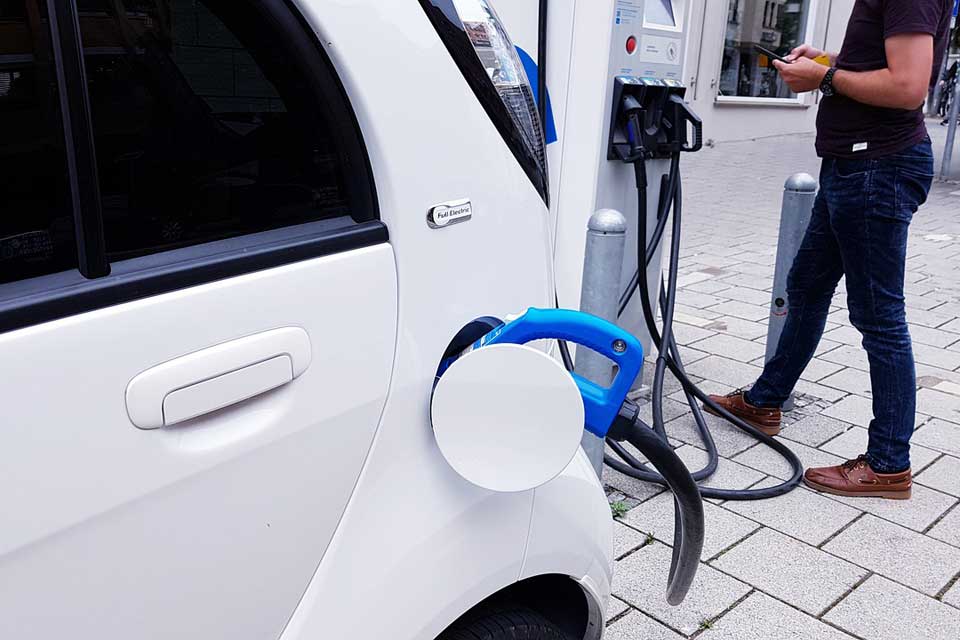A new Government investment through the Advanced Propulsion Centre (APC) is set to offer £33 million to companies to develop ‘next generation’ low-carbon vehicles.
Part of the Government’s Modern Industrial Strategy which aims to boost productivity by backing businesses within the UK, the initiative is expected to create over 2,000 jobs in research and manufacturing.
Projects range from the development of high-performance battery packs and electrified construction equipment, to hydrogen-powered engines – as well as helping support the establishment of future supply chains.
Successful projects that have already received funding include YASA Limited for the EV-LIFT project which aims to produce a best-in-class Electronic Drive Unit (EDU) for next generation battery electric vehicles (BEVs).
To mark the announcement, Business Minister Andrew Stephenson visited McLaren Group in Woking. The company is one of 32 organisations, working in 5 consortia, benefiting from £9.8 million new investment towards its ESCAPE project. This will create a complete end-to-end supply chain for a key component to be used in all electrified vehicles, whether automotive, railway, marine or aviation – a first for the UK.
“This new investment will enhance the UK’s leading position in the development of the next generation of electric and autonomous vehicles and clean growth,” said Stephenson.
“We are committed to building on those strengths to ensure we are a leader in the design and manufacture of automotive vehicles as part of our modern Industrial Strategy.
“These projects will build the capacity and capability of UK companies to manufacture low carbon technology and provide high skilled, well paid jobs across the country.”
Ian Constance, Chief Executive of the Advanced Propulsion Centre, said: “Supporting the development of cutting-edge low carbon vehicle technology is crucial to ensuring we have a robust supply chain that enables the future of the UK automotive industry.
“The wide range of projects awarded funding is proof that there isn’t one answer to reducing transport emissions. We must continue to collaborate across sectors in order to boost innovation in many aspects of the industry so we can take advantage of export opportunities to other markets.”
Image by Stefan Schweihofer from Pixabay







